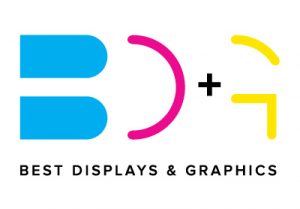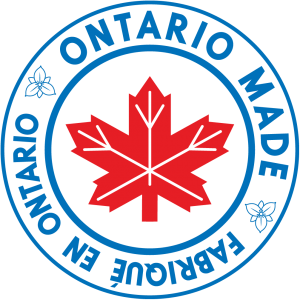Two Questions to Ask When Designing Trade Show Booths
April 16, 2013
For many business owners, the day-to-day operations of their company are their primary concern. Oftentimes, event marketing can get lost among their many responsibilities. But those that take a proactive approach to trade shows can achieve a superb return on investment. That’s why it’s imperative to devise the ideal design for effective trade show booths. Within this blog, we’ll highlight two key questions companies must ask when designing their trade show booths.
1) Who is Our Target Audience?
The key to effective marketing campaigns is in understanding the requirements of the target audience. By knowing precisely what a target audience requires, companies can build their branding information to meet those expectations. For example, companies within the business to business field by wish to build branding that focuses on attracting partners. These design styles could involve branding that details the success of previous campaigns.
Alternatively, those within the business to consumer market may wish to highlight the operational advantages of their products within their branding. Discovering who the key audience will be at a trade show event will go a long way in helping create the optimal design scheme.
2) What Are Our Future Event Requirements?
Growing companies may require booths that are designed for use across many different events. These booths must be designed to appeal to an array of audiences. However, companies that require architecture for just one or two events can be more precise with their branding materials. Ensure that the designs chosen reflect the company’s future promotional needs. Speaking with a local area specialist is the best method for ensuring the right solution is chosen for any particular stage of business growth.
Eye-catching design can connect a consumer to a brand for their entire lifetime. But only by utilizing optimized, objective-focused designs can companies find the ideal solution for their overall needs. Working directly with a local trade show expert can help resolve the two questions posed within this article.

